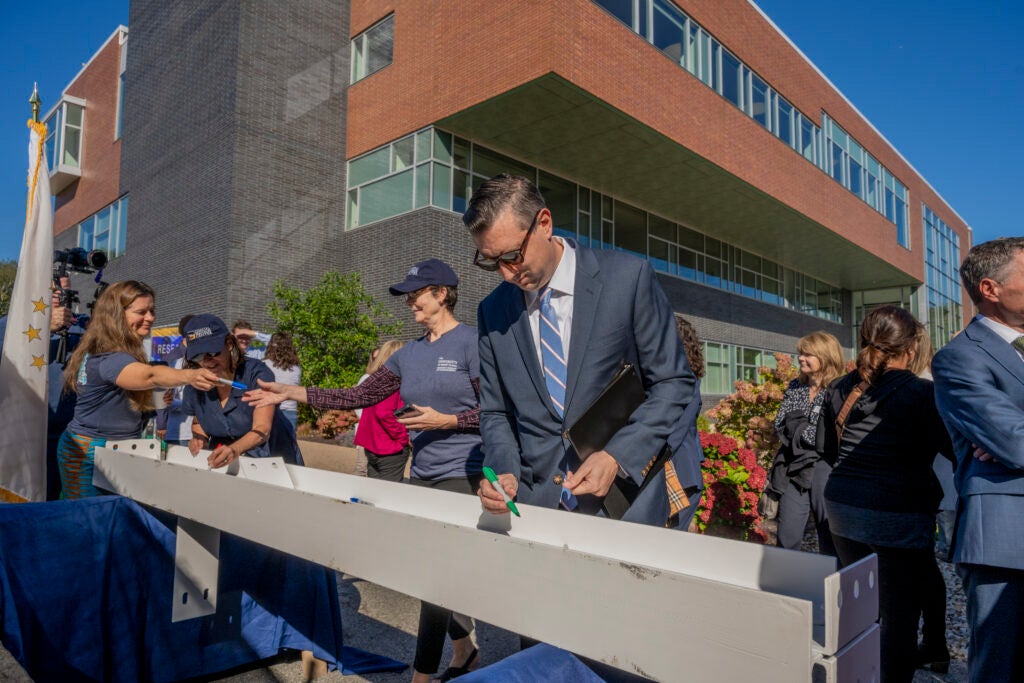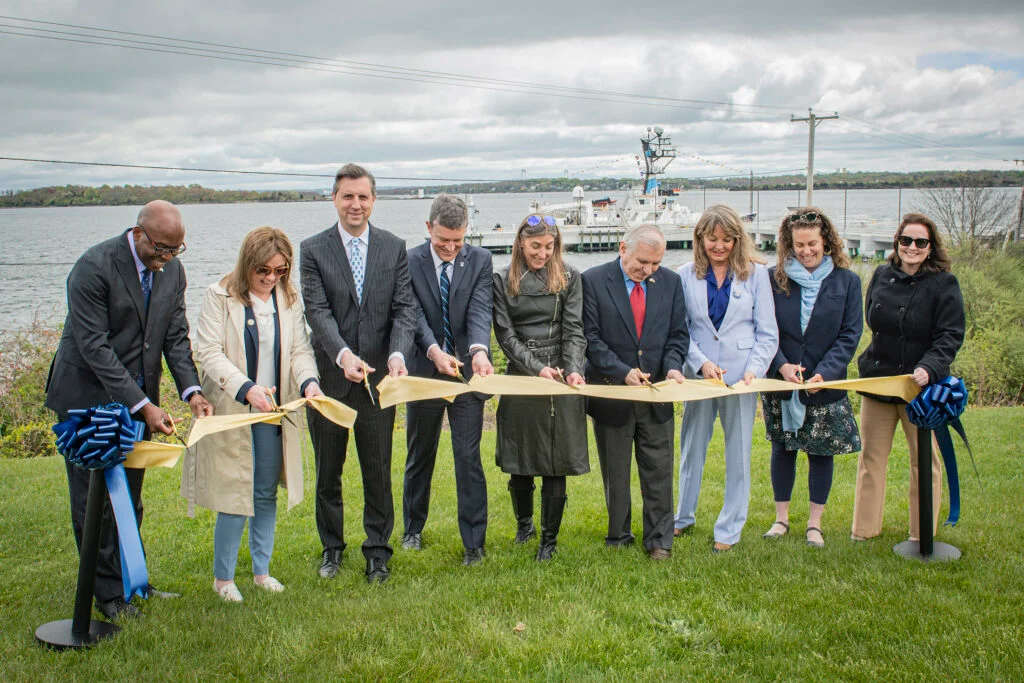The Carnegie Classification distinction places URI among the nation’s top research institutions
February 13, 2025
The University of Rhode Island has ascended to the highest level of research universities in the United States by earning R1 designation in the latest Carnegie Classification of Institutions of Higher Education. The recognition reflects URI’s broad impact and evolution into a world-class hub for research, innovation, entrepreneurship, and public scholarship.

The Carnegie Classification is widely recognized as a standard for evaluating institutions based on their research activity. As an R1 institution, URI joins a collection of U.S. universities noted for research excellence.
In 2023, the Department of Education counted 3,896 degree-granting postsecondary institutions in the United States. Of that total, approximately 187 have achieved Carnegie’s R1 classification, placing URI among the top 4.8% of degree-granting postsecondary institutions nationally. URI is one of only two Rhode Island universities to earn the R1 distinction.
“This is a proud day for the University of Rhode Island, and for the many outstanding faculty, staff, and students who have contributed to our broad and deep impacts on Rhode Island, the nation, and the world,” said URI President Marc Parlange. “The Carnegie R1 classification demonstrates our elevated research enterprise, our emphasis on public scholarship, and our commitment to addressing the most pressing challenges facing our global society. This achievement also continues our remarkable momentum, including recognition as the top public university in New England, reflective of student achievement.”
The “doctoral universities—very high research activity,” or R1, designation signifies that URI has achieved the highest level of research activity, measured by the number of doctoral degrees awarded and the amount of spending on research and development.
Over the past decade, URI has made significant progress in expanding its research enterprise, securing major research funding, and fostering interdisciplinary collaboration across a broad range of fields.
- Doctoral degree student enrollment at URI increased 11% over five years, to 612 in the fall of 2024.
- Research expenditures increased 25% over five years, to $144 million in fiscal year 2023.
- Publications by individuals with a URI affiliation increased 55% in Scopus over 10 years, to 1,172 articles published in 2023, and 28% in Web of Science, to 1,116 articles published in 2023.
The top-tier research designation also recognizes the University’s continued investment in its academic programs and physical environment, including cutting-edge laboratories and research centers, and its commitment to fostering strategic partnerships with industry leaders and government agencies.
In recent months, the University celebrated progress on a multi-year modernization of its Narragansett Bay Campus. Supported by two voter-approved bond referenda totaling $145 million, that work is expanding the University’s global excellence in ocean science and leadership in the blue economy.



The University also commemorated a $99 million renovation to its Fine Arts Center, unveiling a state-of-the-art space for students and faculty artists. And in November, Rhode Island voters approved an $87.5 million bond for a biomedical sciences building on the Kingston Campus that will provide advanced laboratory space for researchers engaged in work across a range of biomedical, biotechnology, and science-related fields, as well as office space to support research.
Those improvements build on other key infrastructure investments, including the Fascitelli Center for Advanced Engineering, a $125 million, 190,000-square-foot technologically advanced engineering center that opened in 2019.
“URI’s designation as an R1 university is a testament to the dedication, expertise, and vision of our entire academic community,” said Barbara Wolfe, provost and executive vice president for academic affairs. “This milestone reflects the perseverance of faculty who have dedicated years to URI, believing in our potential. It is a testament to our early-career faculty, who joined URI determined to make a lasting impact on our community, the state, and the world. And, it reflects the intellectual curiosity, interdisciplinary collaboration, and relentless pursuit of innovation that define our faculty.”
URI, as a public land- and sea-grant institution, has significantly grown its partnerships and industry relationships over the past decade in ways that enhance innovation and contribute to broad economic development for the state of Rhode Island and the region. Consistent to its land-grant mission, URI is leading research that improves lives and serves society—locally, regionally, nationally, and globally.
